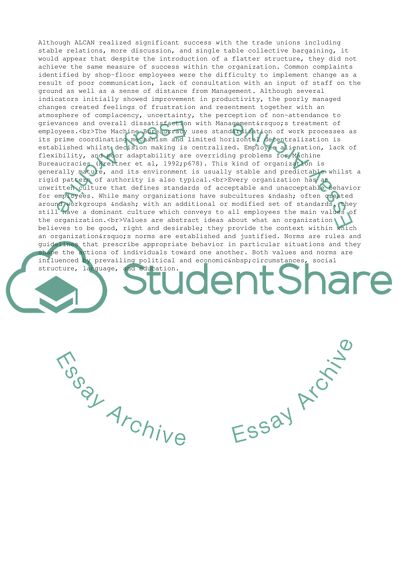Cite this document
(“Organizations: Balance between Team-working, Power and Control Essay”, n.d.)
Organizations: Balance between Team-working, Power and Control Essay. Retrieved from https://studentshare.org/management/1702795-organisations-analysis-and-design
Organizations: Balance between Team-working, Power and Control Essay. Retrieved from https://studentshare.org/management/1702795-organisations-analysis-and-design
(Organizations: Balance Between Team-Working, Power and Control Essay)
Organizations: Balance Between Team-Working, Power and Control Essay. https://studentshare.org/management/1702795-organisations-analysis-and-design.
Organizations: Balance Between Team-Working, Power and Control Essay. https://studentshare.org/management/1702795-organisations-analysis-and-design.
“Organizations: Balance Between Team-Working, Power and Control Essay”, n.d. https://studentshare.org/management/1702795-organisations-analysis-and-design.


